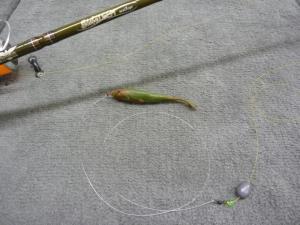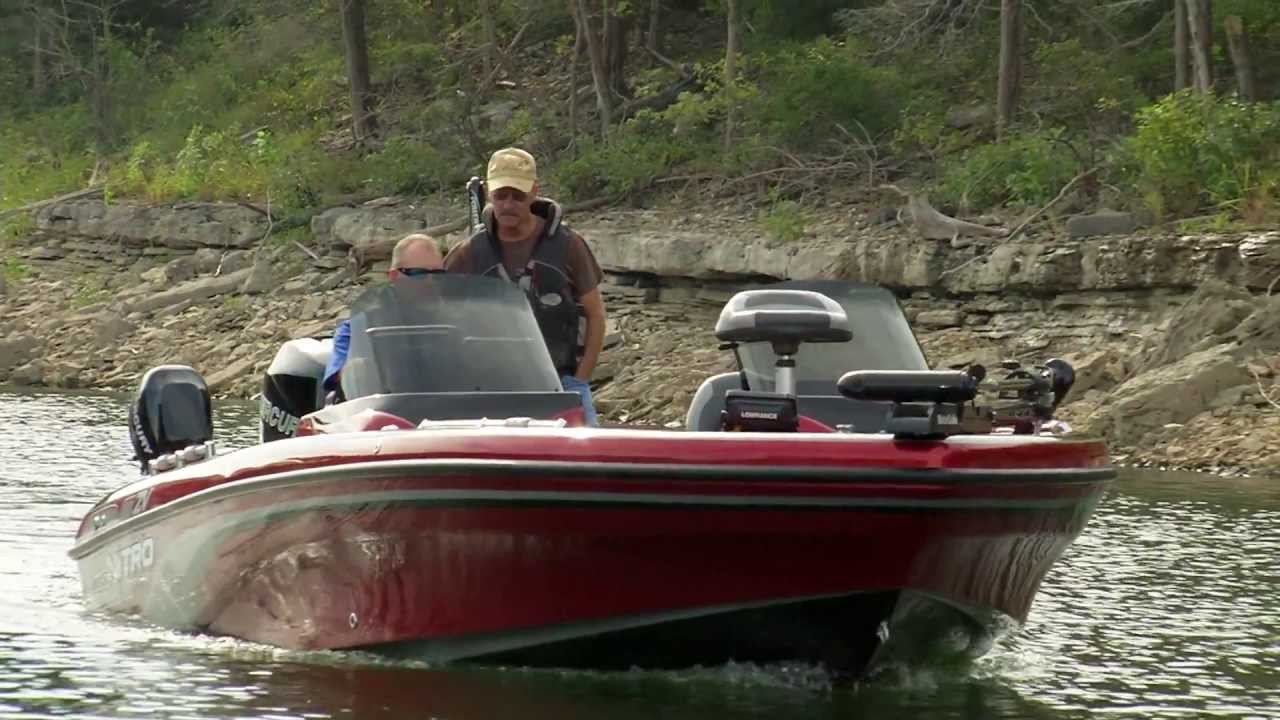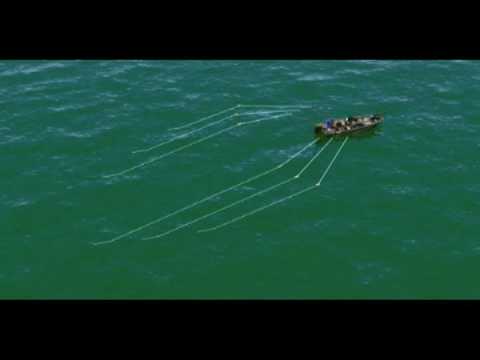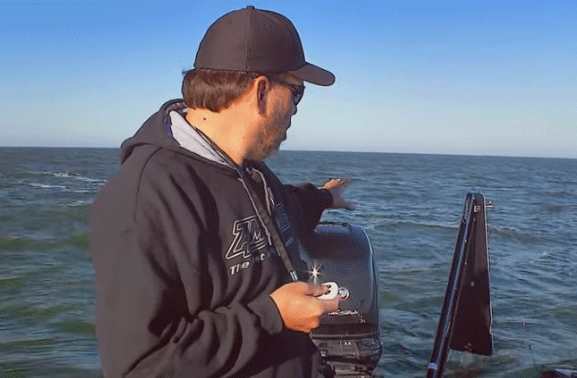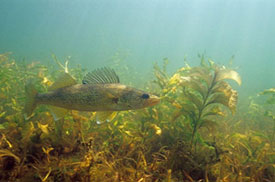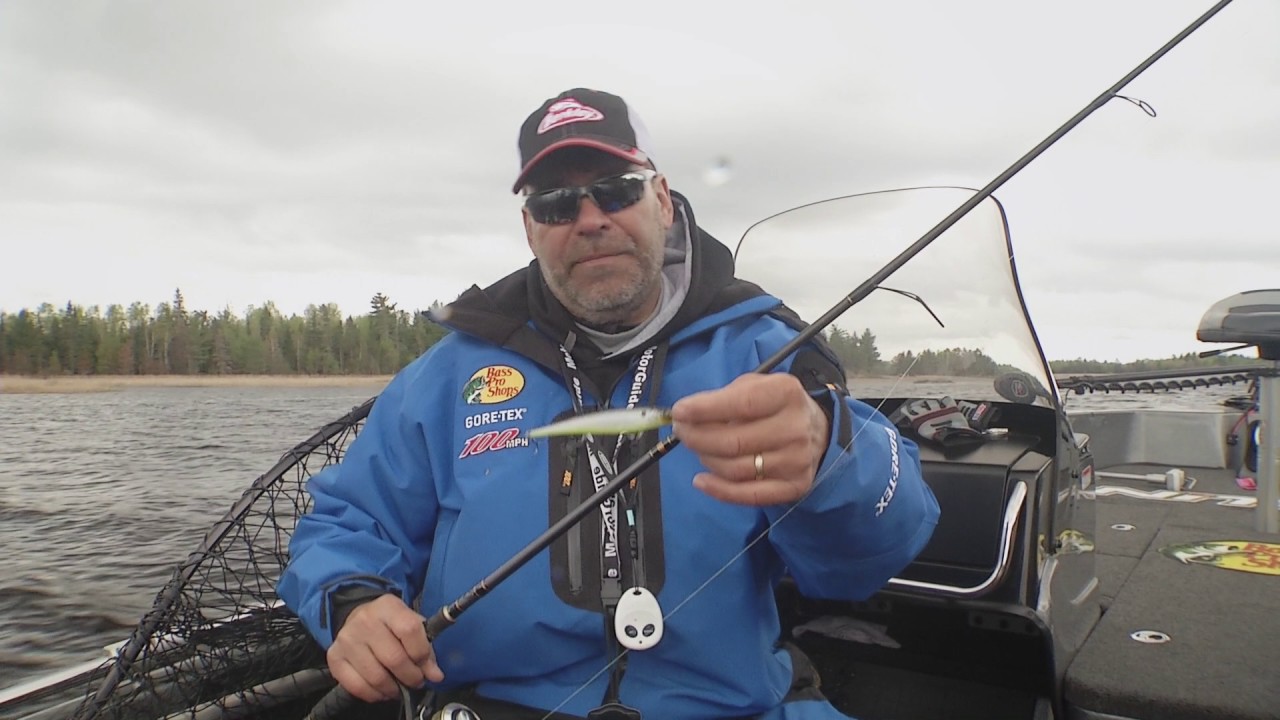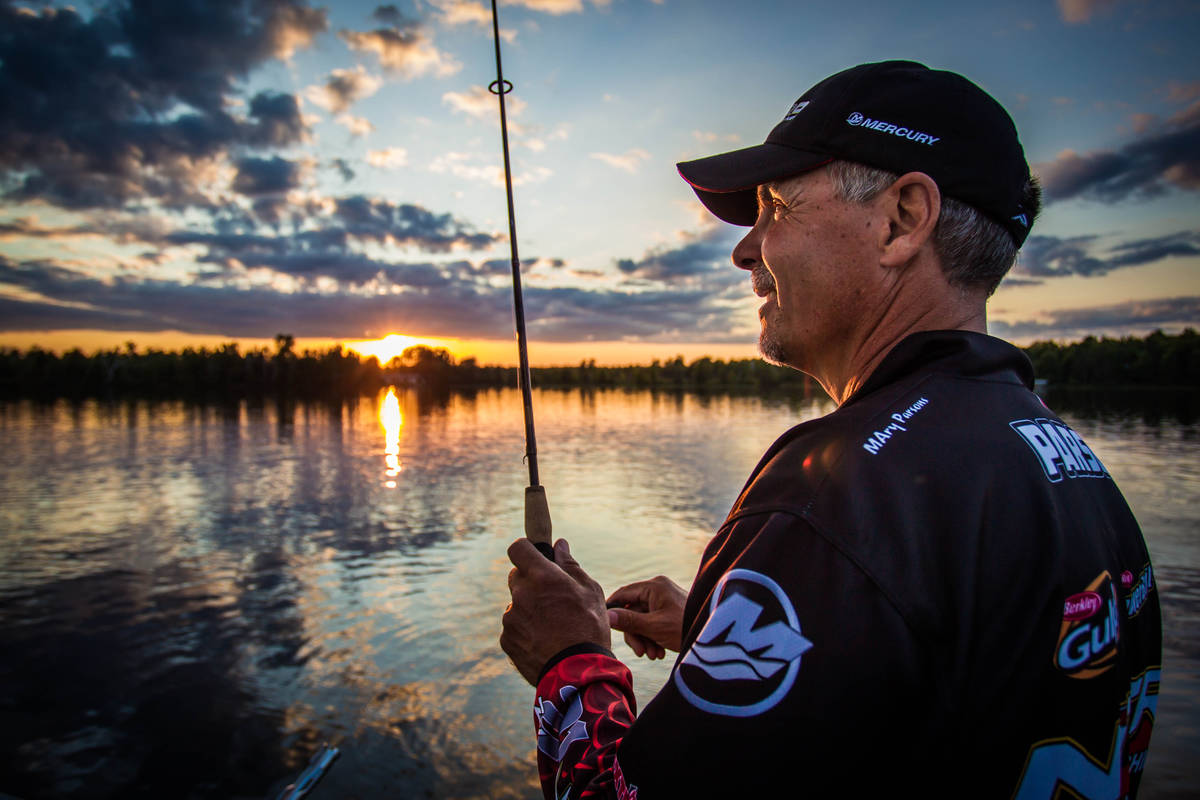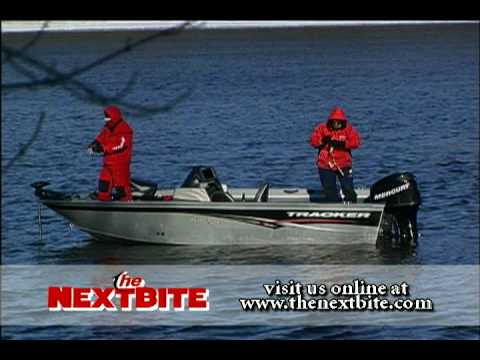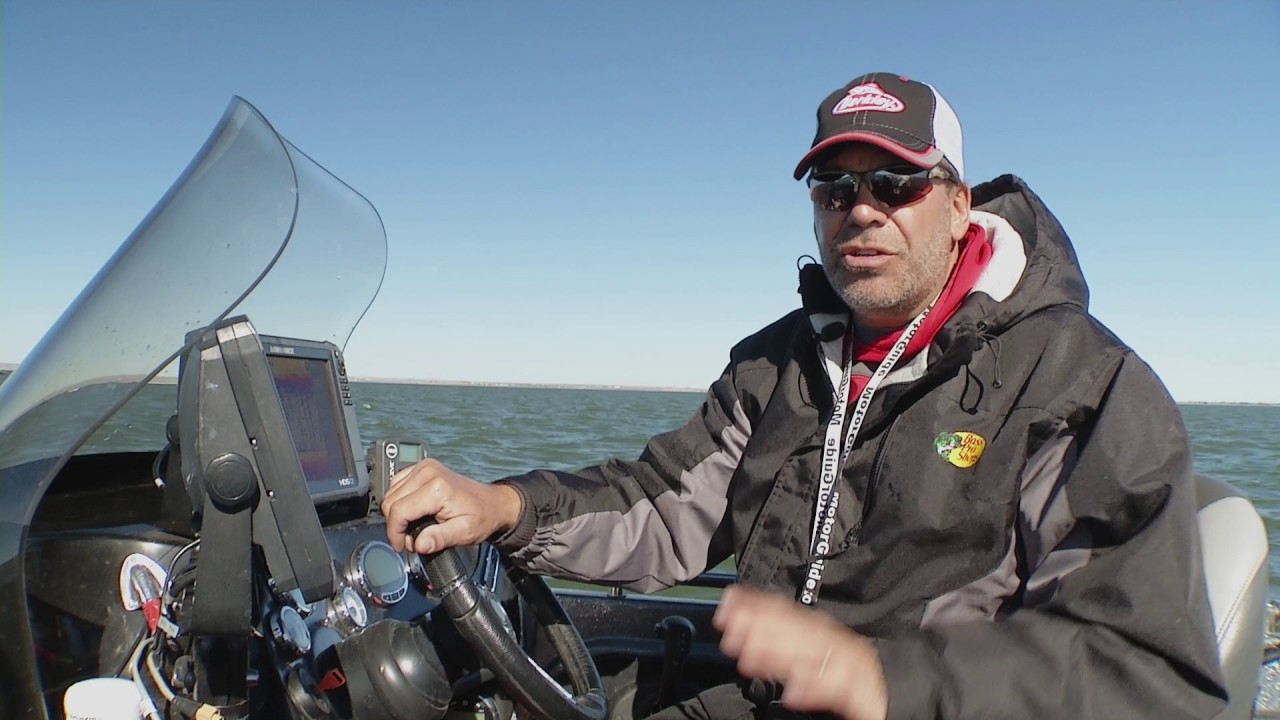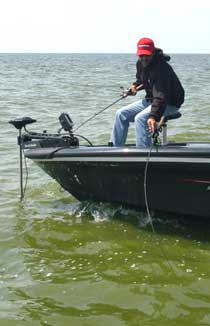
Developed on the big western reservoirs, the technique of trolling bottom bouncers and spinners is a great way to cover water and catch walleyes that are scattered over flats or low-tapering points. Bouncers and spinners will catch fish at many depth levels from as shallow as seven foot to as deep as forty feet. Boat control for this technique is most often done by running the boat with an electric bowmount trolling motor, although many anglers do well back-trolling with their main engine or even using a controlled-drift technique in windy conditions to cover structure.
This technique has often been refered to as “idiot proof”, because its one of the easiest and most deadly walleye fishing tactics from late spring right through early fall.
Total Solutions Technique
The Bottom Bouncer and Spinner Rig has not just “caught on” in walleye fishing circles, it’s perhaps the most productive technique used in the sport today. It’s secret to success lies in simplicity. The bottom bouncer does one job, and it does it very well … it keeps your bait near the bottom, and does it in a very snag resistant fashion. One thing you need to do to fish it right, is run the bouncer so only the lower wire arm is ticking bottom. Let out too much line and the Bottom Bouncer will tilt on its side, drag along the bottom and will be prone to snagging, and not fishing effectively.
When choosing a speed to run a bottom bouncer and spinner, it’s best to start out going just fast enough to get the blade spinning. Then pick a bouncer that will run at about a 45 degree angle from the rod tip. It’s imperative to match the bouncer weight to the depth you’re fishing, as well as the speed you’re trolling. Typically, a ¾ to 1 ounce bouncer will work great in water 10 to 15 feet deep, 1 ½ to 2 ounce in the 15 to 25 foot range, and so on. Bouncing is best done as an “almost vertical” presentation. This gives the angler ultimate control and maximum sensitivity with the rig.
Spinners are deadly on walleyes for a couple of reasons … they are great attractors, emitting flash and vibration, and tipping with a big juicy nightcrawler gives the package natural triggering characteristics. When choosing a spinner for the job, there are countless variations to choose from. Blade shape, size and color all must be considered to maximize the rig’s fish catching capabilities. A few general rules that can help narrow down the selection process are: 1. Small blades (size #2 & #3) for small to medium sized fish, and big blades (size #4 & #5) for larger fish. 2. In dingy water, use bright colored blades (chartreuse, FireTiger, fluorescents), in clear water go with natural or metallic finishes (white, silver, brass, copper). Holographic finishes can be a great choice in any water conditions as they combine both flash and color. 3. On cloudy days or in stained water use blades with more “thump” and vibration (Colorado style), on bright days or in clear water use blades with more flash (Indiana or Willow style).
There are always exceptions however, so experimentation is critical to ultimate success. That’s why spinners with changeable clevises are a good idea. They allow for the changing of blades quickly and easily as you wire the pattern.
As long as the blade is spinning, the bouncer is running at that 45° angle from the rod tip, and is “ticking bottom”, the rig is set to catch fish.
Total Solutions Equipment
In most situations, a bottom bouncer rod and reel will be hand-held while fishing. Therefore you want a light weight, well balanced rod and reel combo for maximum comfort and fishability. A good quality bait cast combo with a 6’6″ to 7′ medium action rod is ideal. Spool the reel with a sensitive, yet abrasion resistant line like Berkley Sensation in 10 pound test or Berkley Vanish Fluorocarbon in 14 pound test. If you tie your own spinner harnesses, the best line I’ve found for this is Berkley Vanish Fluorocarbon Leader Material in 15 or 17 pound test. This gives your spinner harnesses the right amount of stiffness to trail well behind the bottom bouncer, yet they’re virtually invisible to the fish. The fluorocarbon line is also very abrasion resistant, and stands up well to being dragged over rocks and other bottom cover.
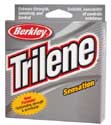 Berkley® Trilene® Sensation® |
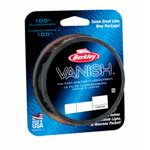 Berkley® Vanish® |
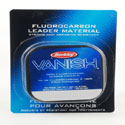 Berkley® Vanish® Leader Material |

